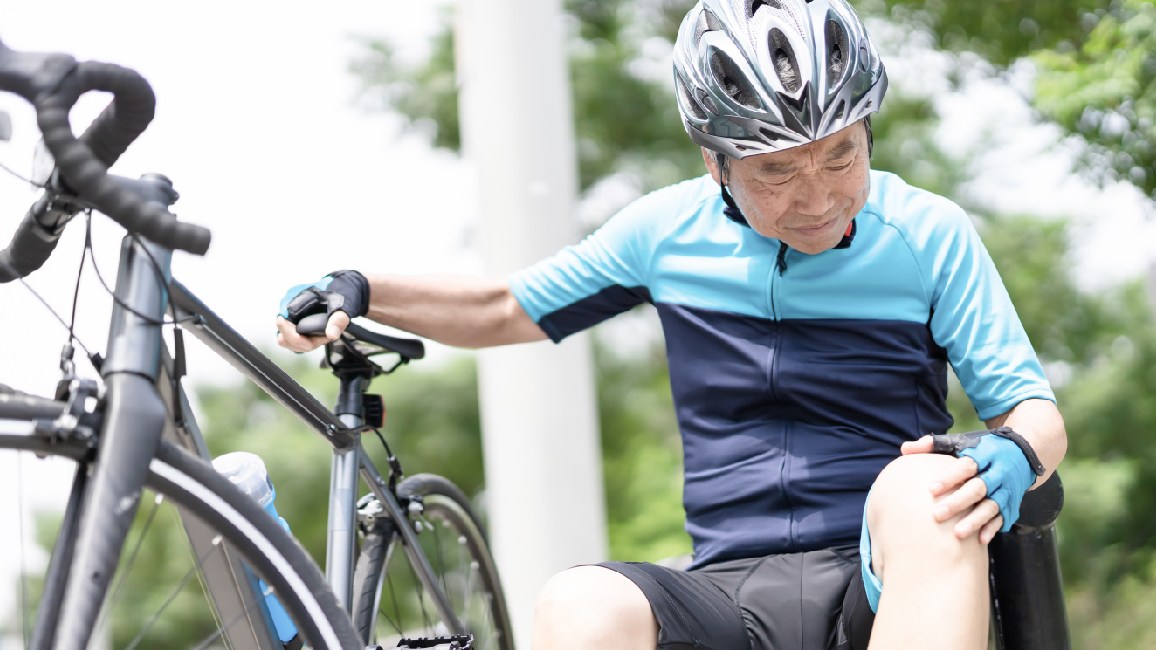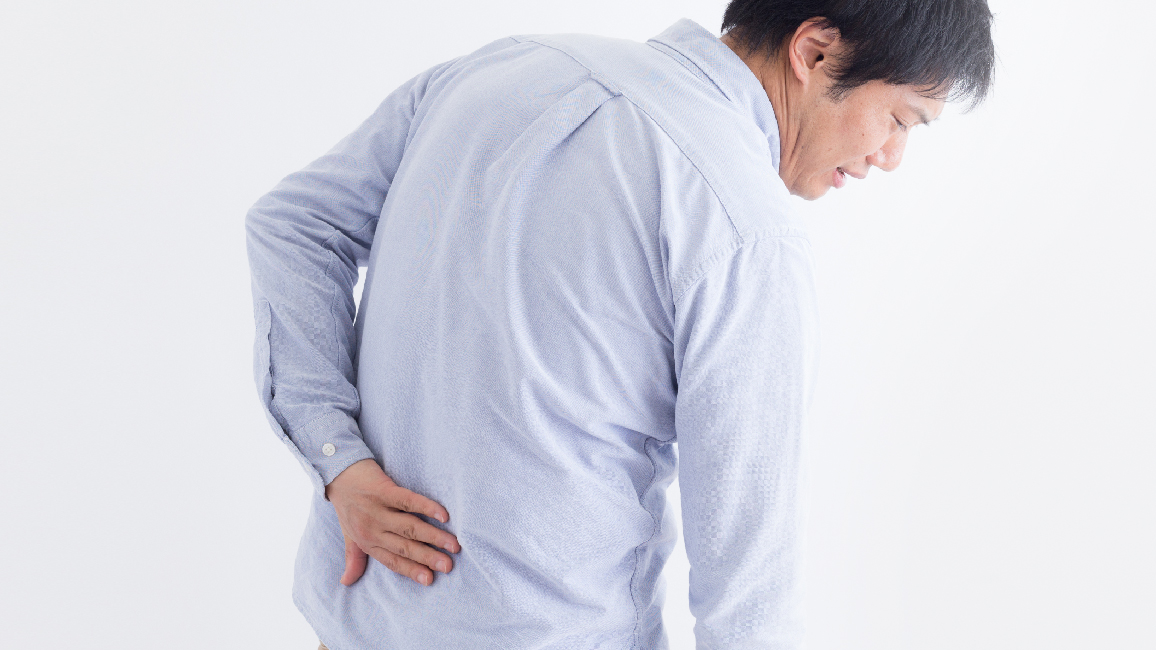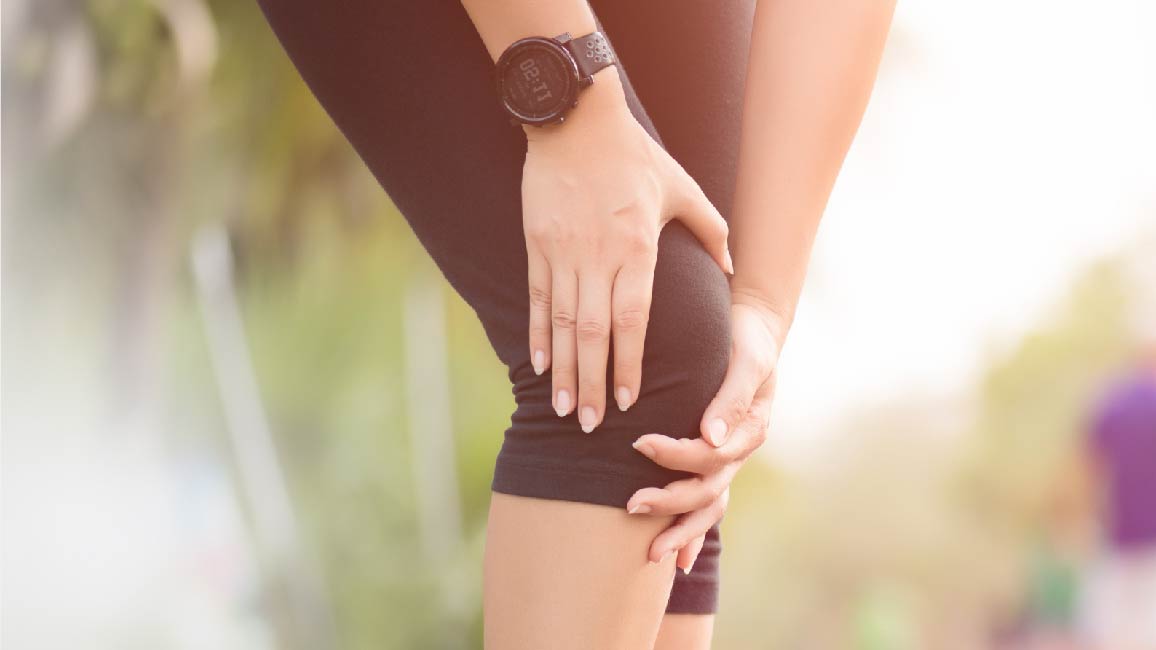Hip fracture treatment with hip replacement surgery
Center : Orthopedics Center
Article by : Dr. Nithiwut Pinsiranon

The hip joint is one of the most important structures of the body. It bears the entire weight of the body, when the hip joint has been used for a long time or deteriorated for some other reasons, often causes wear and tear of the articular surface or causes by the collapse of the head of the femur followed by a shock, fall, or a serious accident resulting to hip fractures.
What does the hip joint look like?
The hip joint is the joint between the pelvis and thigh bone it can bend and stretch when sitting, walking, standing, or lying down and taking on the weight of every position of the body. It looks like a ball hidden in a socket called the hip bone. It has a rounded appearance to assist in the movement. The head of the femur bone is attached to the pelvic bone, this area consists of a thick bone. As we age, the bones in the hips become thinner. Especially the neck bone, therefore, elderly people often find fractures in this area when falling. The hip socket part is attached to a tendon when a serious accident causes the tendon to tear. It can cause the hip joint to come off or break.
Hip fracture.
A hip fracture can happen in all age groups but is more common in the elderly especially those with osteoporosis, often caused by falls and hitting the hip bone, it causes severe pain and inability to move or stand to walk.
Symptoms fall, Hip fracture
- The pain is so great that it cannot move.
- Hip pain, difficulty moving.
- Unable to move or put weight on your legs.
- Have a bruised, swollen hip.
- Notice that Legs shorter than the other side.
Hip Arthroplasty
Hip Arthroplasty is the removal of the original hip joint that has deteriorated, dead, or broken and replaced with artificial hip joints. What are the benefits of hip replacement surgery, the patient will recover from the pain. Have a stable hip joint move well can be used as or as close to normal. The life span of the hip implant may differ for each patient. Many factors can cause complications such as the patient's daily activities, body weight. In general, the hip joint has an average lifespan of 20-25 years.
Most of the patients who need hip replacement surgery have a hip fracture. Late hip dysplasia or the fact that the hip ischemic topic to raise causing pain and abnormal hip movement or unable to walk at all. This includes indications depending on the severity of the disease, pain, disability, and general health of the patient. In which the doctor will assess the indications of the surgery of the patient and consider them on a case-by-case basis, a patient suffering from hip pain must limit everyday activities such as walking or bending the hips, have chronic pain at rest day and night, etc.
Hip replacement surgery is contraindicated in people with infectious arthritis. Muscles around the hip joint are very weak and may easily loosen the hip joint. People with blood or vascular disease are prone to severe complications. People with hip osteochondrosis Including those who are overweight or obese.
After hip replacement surgery
After surgery, do not lie on your side of the surgery. If you are going to sleep on your side, you must always have a pillow on the side of the surgery. To prevent the hip joint from collapsing. Do not perform a position where the hip flexion is more than 90 degrees, such as a cross-legged position. Sitting in a low chair, squatting crossed-legged, bending forward, use a cane or a walking aid. Until the hip joint is strong enough and able to move properly, avoid running or jumping as it loosens the joint or break. Patients can do light exercise. 4-6 weeks after the surgery, doctors, and nurses will take care of and give appropriate advice specific to each patient.
Hip fracture If left unattended, complications may occur, especially in the elderly. Because the correct treatment is not received, Therefore, when a hip fracture or deterioration occurs If the more quickly received treatment Patients will be able to return to use as or as close to normal. Making life happier.
Consult Online
Article of Orthopedics Center





